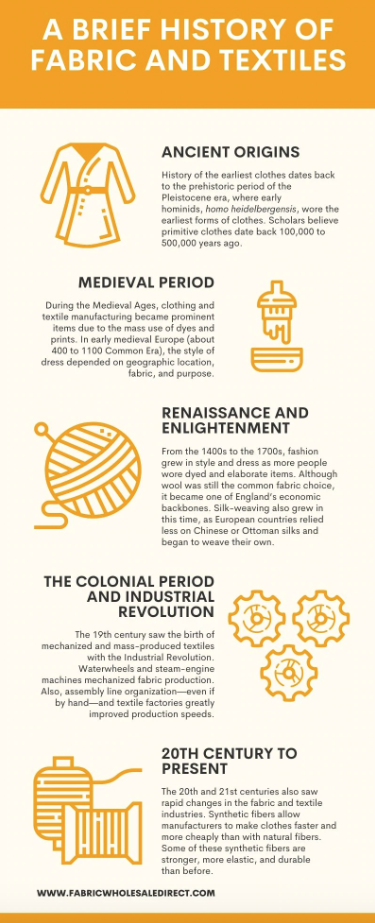National Textiles Day
May 3, 2022
Today is National Textiles Day and as a leader in the used textile industry, we want to raise awareness about the importance of sustainable practices when it comes to textiles.
We use textiles on a daily basis, from the clothes you wear, to the bedsheets on your bed, to the curtains that cover your window, to the carpeting and upholstery in your car. We need textiles.
National Textiles Day – History of textiles
It is believed that primitive clothes date back 100,000 to 500,000 years ago. Fabrics and textiles became prevalent in the Ancient world. Moving to the medieval ages, manufacturing of textiles became prominent and there were styles depending on geographic locations, fabrics and purpose. By the renaissance era, textiles were more elaborate and dyed fabrics. It wasn’t until the 19th century that mechanized and mass-produced textiles were seen with the Industrial Revolution. From the 20th century to now, we have seen a rapid change in the textile industry, as synthetic fibers allow for cheaper and faster production of clothing ultimately known as, FAST FASHION.

National Textiles Day – What is Fast Fashion?
Fast Fashion is defined as cheap, trendy clothing that copy the catwalks and end up in stores with every turn of fashion, season, and trend. However, fast fashion has created an irreparable damage to the planet, in terms of the environment, the people, and the animals.
Fast fashion:
- uses, cheap and toxic textile dyes which pollute our waters and ultimately pollutes our agriculture
- uses lots of polyester, which is made from fossil fuels, contributes to global warming, and sheds microfibers which ultimately end up in our oceans
- “constant speed and demand mean increased stress on other environmental areas such as land clearing, biodiversity, and soil quality”
- produced at such a high rate increases textile waste in to landfills
- workers in such “sweat shops” work in dangerous shops, with low wages, and no rights
- farmers working toxic chemicals have negative impacts on their physical health
- animals in the wild are exposed to toxic dyes from the water pollution
National Textiles Day – What is the solution?
The truth is that even conventional cotton growth for a t-shirt requires 2,700 liters of water, to put in perspective, that is enough water for ONE person to drink for 900 days. So in order to find a solution that will stop the damage we are creating to our HOME, we must focus in a sustainable solution.
Solutions:
- eco-friendly materials such as organically grown fibers, post consumer fibers, natural and biodegradable materials… organic cotton uses 91% less water than non-organic
- natural dyes instead of toxic chemical dyes
- ethical labor practices in shops
- handmade/artisan-crafted
- Form a FRIEND-CLOSET, where you can loan, swap and exchange clothing- giving your clothing a second life which results in less clothing being thrown away and less new clothing purchases
- Upcycle your clothing by repairing or redesigning into a different style or item which results in less clothing dumped in landfills
- Donate your items to a charity or secondhand store where someone with the need of new items in their closet can give your used items a second life

